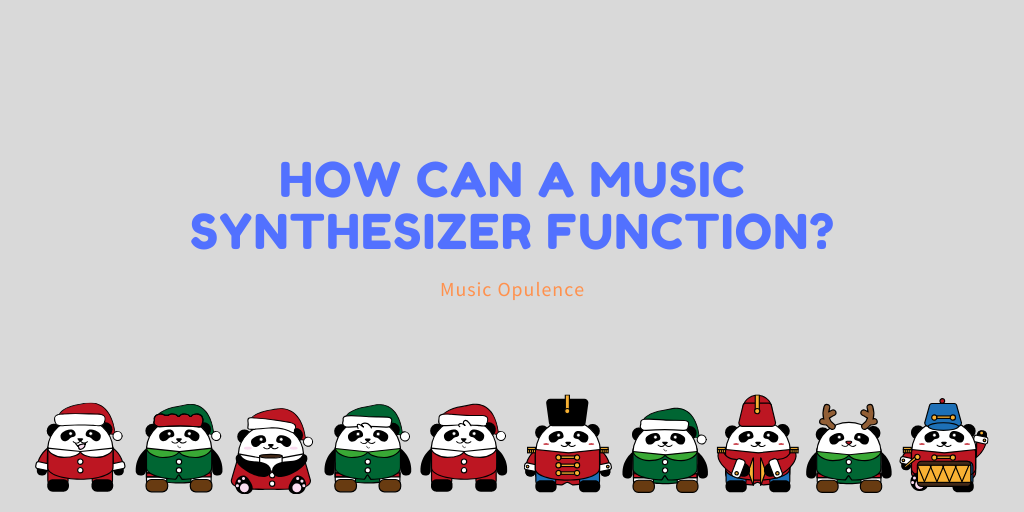How Can A Music Synthesizer Function?
Noises are made by An audio synthesizer by using an electric circuit as an oscillator. So long as the pitch is within the assortment of frequency which may be heard by a human ear, it is called a”musical pitch” (therefore a dog whistle wouldn’t count) as a musical pitch. You can use a computer keyboard to change these pitches at periods that correspond to the notes on the scale. If you place several oscillators together, you can join several pitches to make a”chord”.
OK, we have got down the pitch (at least in a straightforward sense). How can you change the design of a pitch? That’s achieved by playing a specified pitch using waveforms of different contours (common waveforms contain sine, square, sawtooth, and triangle waveforms). They are interpreted by our ears as distinct tones Considering that the construction of those waveforms differs. The sound you may hear may also be altered with voltage-controlled amplifiers (VCA) and voltage-controlled filters (VCF).
Synthesizers can mimic the noises of devices, but also to make but a music synthesizer. That’s because there is a music synthesizer well-suited into its oscillators’ manipulations. It’s a whole lot easier to get a synthesizer to produce new sounds than to mimic the sounds of devices since the waveforms of devices are intricate. Interestingly, once intricate noise that synthesizers thus far have been bad at replicating is the individual voice (even though improvements have been made in this technology).
The whole electronic music scene could be nearly impossible without using synthesizers (no doubt a few wish it had been ). The amount of noises that a musician must work with has been increasing lately, and we’ve just scraped at the surface of their possibilities. If the system has been devised which could create 100,000 hitherto colors imagine the results?







